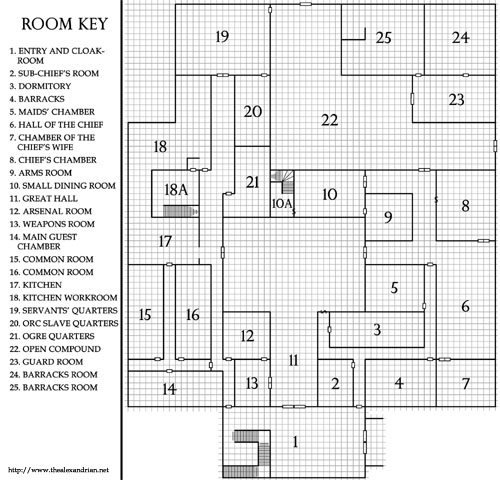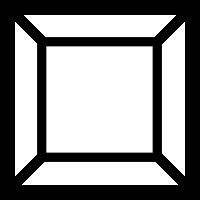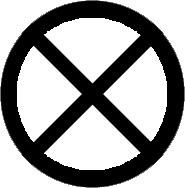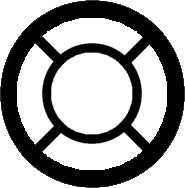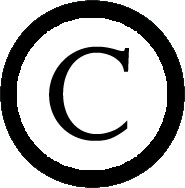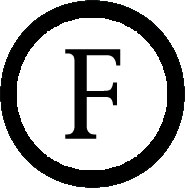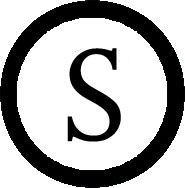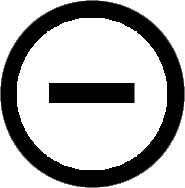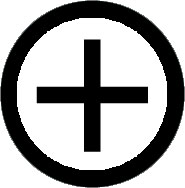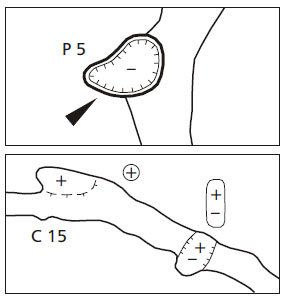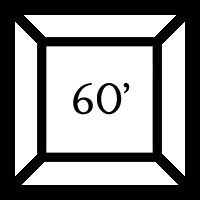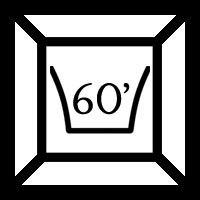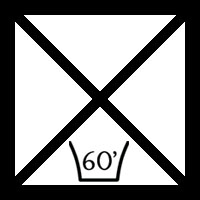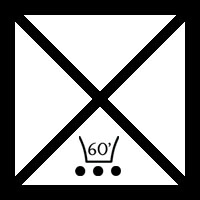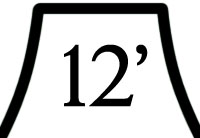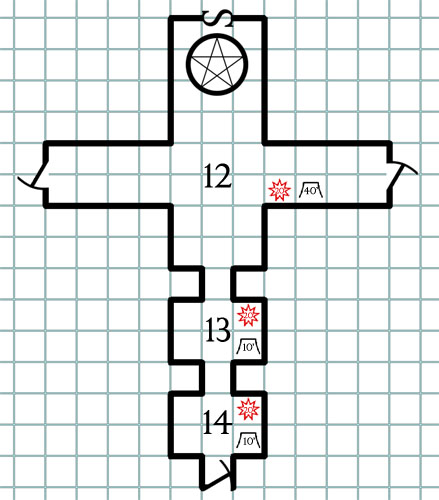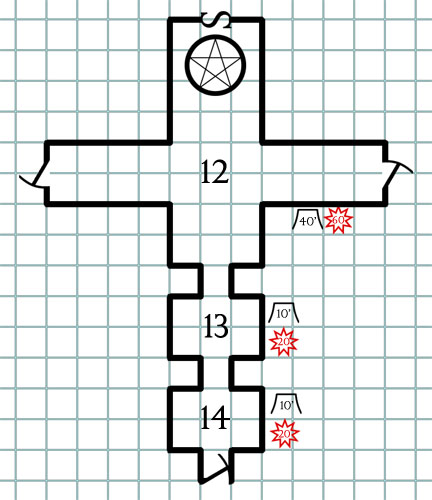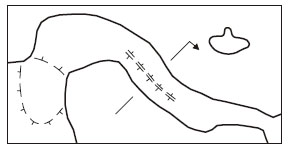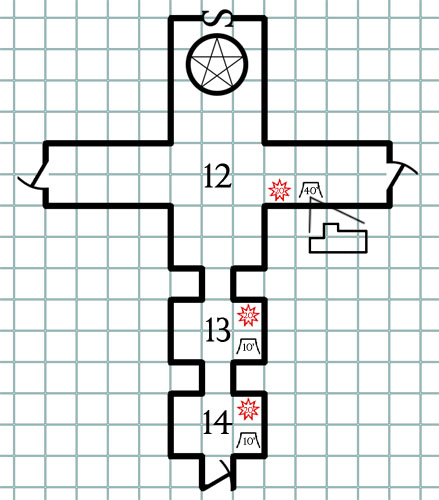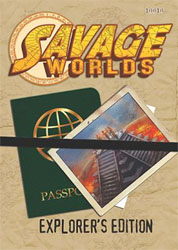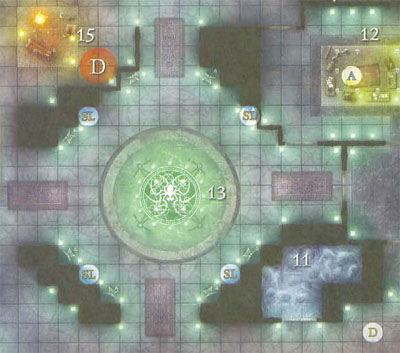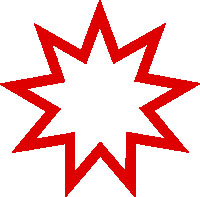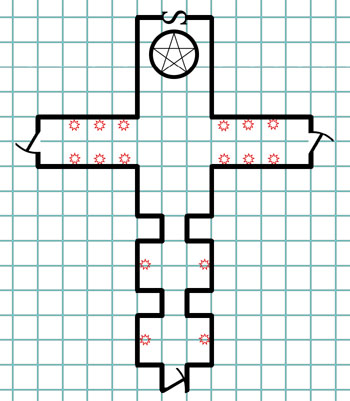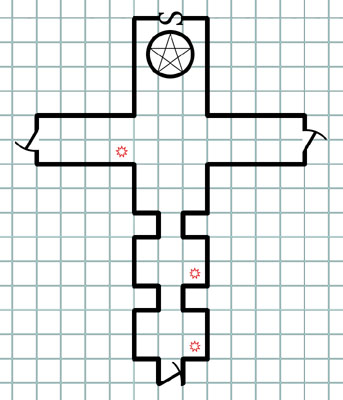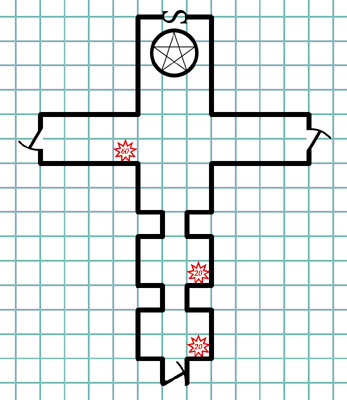Let’s step aside from the map itself for a moment and spend a moment talking about how the map is actually used at the gaming table. For reference I’m going to use this redrawn version of the map from G1 Steading of the Hill Giant Chief:
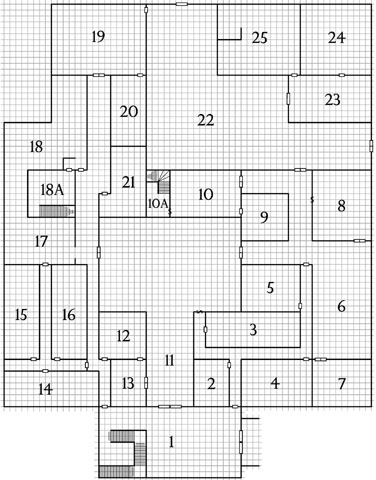
(The only substantial difference is that I haven’t included the fireplaces that appear on the original map.)
Imagine, for a moment, that your PCs have just entered area 22 on this map. You flip to page 5 of the module and check the key:
22. OPEN COMPOUND: 14 dire wolves run free here (HP 25, 23, 22, 2 x 10, 19, 3 x 18, 2 x 17, 15, 13, 12), and they will immediately attack any non-giant or non-ogre entering their area. Note that if they see the whip (room 19), however, they cower and make no sound, but otherwise they howl and bite!
Easy enough. What else might you want to know once the dire wolves start howling and biting?
We can probably start with, “Who might hear this?”
So we’d take a quick peek at neighboring rooms: 8, 10, 10A, 19, 20, 21, 23, and 25. Crap. Now I’m trying to look at multiple pages of the module simultaneously to figure out how, at a fundamental level, this compound “works”. In a lot of modules you can actually find yourself trying to look at a half dozen pages just to figure out everything that the PCs can actually see from a particular area.
The problem, of course, is that the map itself is largely a cipher: It’s a bunch of rooms, some doors, and some keyed numbers.
There are a lot of ways we could make it easier to figure out what we’re looking at. An easy one is to simply list a room key:
(click for a larger version)
Now I can tell in a glance that area 23 is the Guard Room (I’m guessing the dire wolves will attract some attention from there). Area 19 is a servants’ quarters (they’re unlikely to come out, but might flee out the other exit and down the hall looking for help; or maybe they’ll need to keep the orc slaves from area 20 in line if they start panicking).
And so forth.
Obviously this doesn’t entirely eliminate the need to reference the map key. But it does let us eliminate a lot of key references, cutting down on the page-flipping and allowing us to stay focused on the keyed information that’s most immediately important. This is particularly important when it comes to referencing important, non-localized information (the type of information we want about a location even when the PCs aren’t in that location).
What other non-localized information could be usefully pulled up onto the map?
Go to Part 7: The Monster Roster
This post is part of the RPG Blog Carnival for Cartography.

